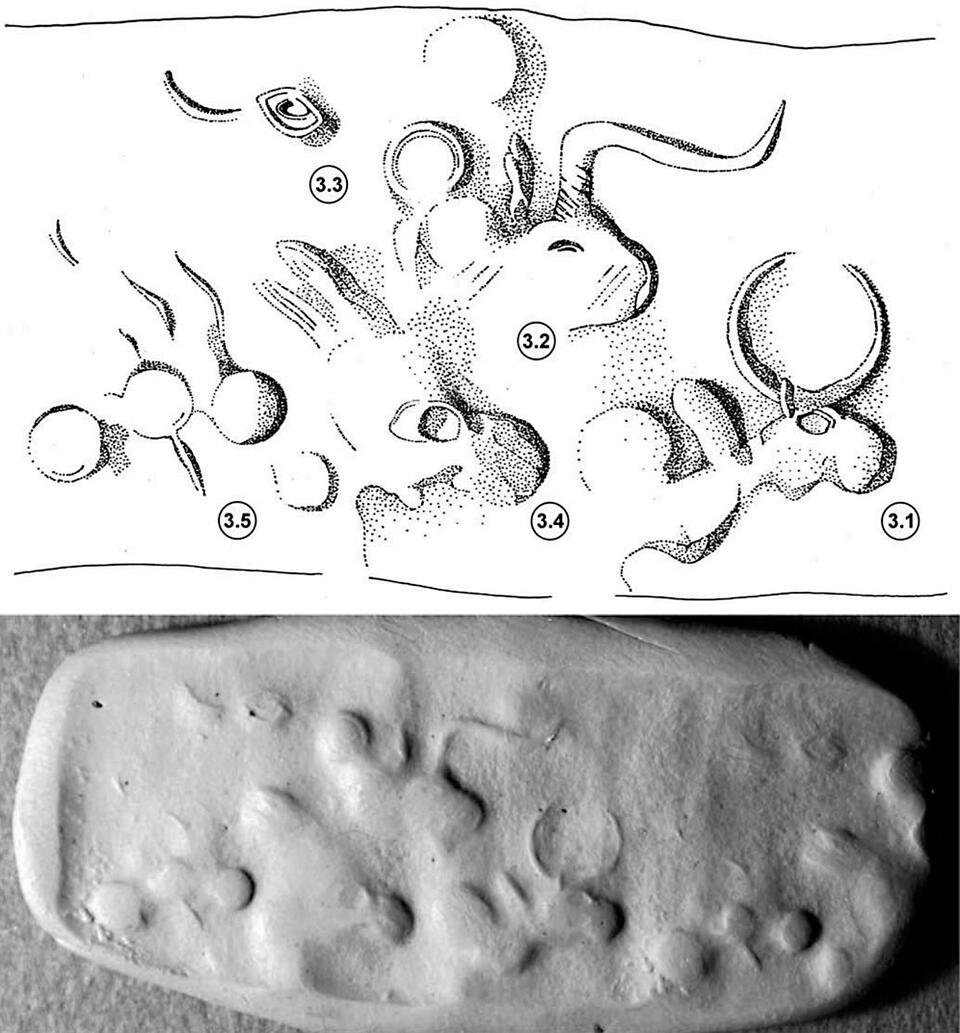A detailed analysis of a rare white marble cylinder seal found at the recently discovered site of Jiroft in south-eastern Iran testifies to the multiple cultural and trade connections between the Indus civilization and its western neighbours.
Abstract
This paper presents a detailed analysis of the iconography carved on a cylinder seal found in a metallurgical site within the archaeological complex of Konar Sandal South, near Jiroft, in the Halil river valley of the Kerman province, south-eastern Iran. This seal is made of a whitish marble and – even if heavily worn by use – it retains traces of different animal figures. These animals represent the translation into local style of a rare but characteristic iconography found in the seal production of the Indus Civilization. The merging into a single seal of different animals, some of which clearly belong to the standard animal series of the Indus seals, might have provided the owner with a special authority that allowed him/her to hold different administrative functions. Moreover, the discovery at Konar Sandal South of a cylinder seal bearing an Indus-related iconography might further testify to the direct interest of Indus merchants and probably craftsmen in trade exchanges with a major early urban site in south-eastern Iran.
Cylinder seal photograph courtesy of Halil Rud Archaeological Project. Paper first published in April 2015 in South Asian Studies.

